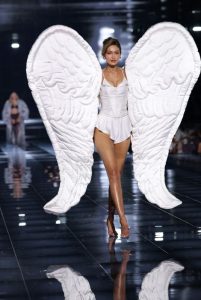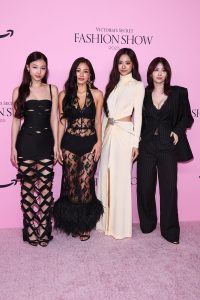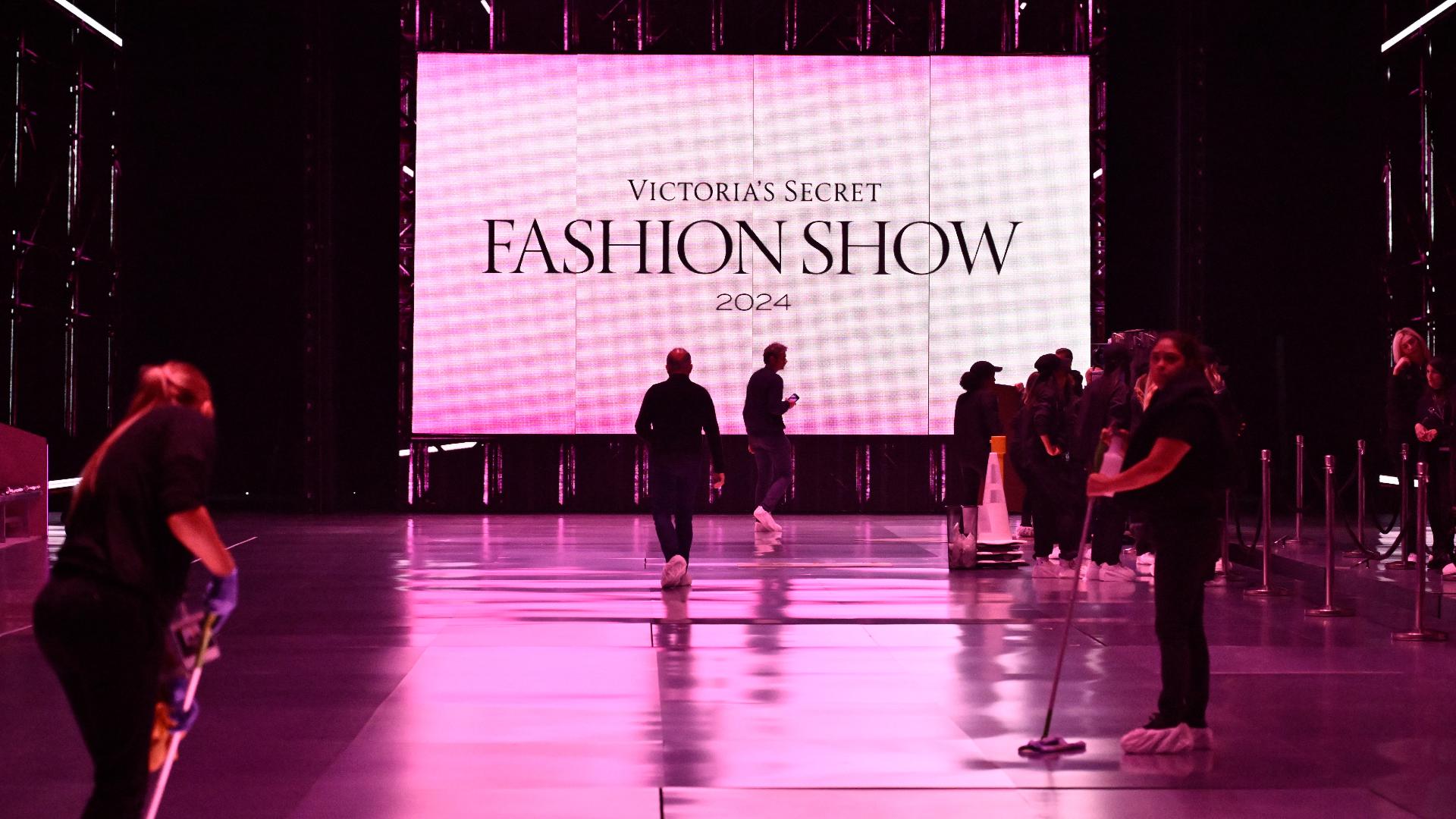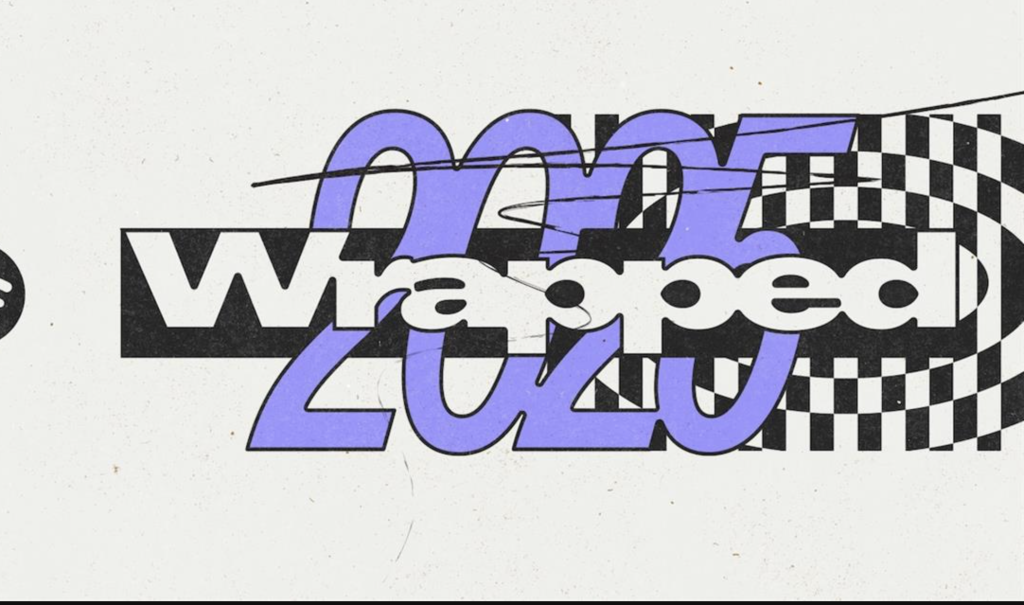After years of silence, the Victoria’s Secret Fashion Show returned last night, but make no mistake: it’s not the same glossy runway of the early 2000s. Once criticized for its lack of inclusivity and tone-deaf messaging, the brand has spent the intervening years reconstructing its image. The 2025 show is not just about lingerie; it’s about reclaiming cultural relevance through smart, multiplatform marketing and narrative.

From Peak Spectacle to Crisis and Rebirth
For nearly two decades, the Victoria’s Secret Fashion Show was one of marketing’s most irresistible spectacles. From the late 1990s into the mid-2010s, the “Angels” supermodels like Tyra Banks, Heidi Klum, and Adriana Lima were more than models; they were global icons of a fantasy brand identity. The annual broadcast drew millions of viewers; huge musical collaborations from superstars like The Weeknd to Taylor Swift turned the show into a must-watch pop culture moment.
But by the late 2010s, cracks had formed. Gen Z and younger millennials began vocally rejecting the brand’s rigid beauty standards, and criticism over the lack of diversity shown. While competitors like Savage x Fenty leaned into inclusivity, Victoria’s Secret appeared slow to change. In 2019, faced with declining ratings and mounting reputational risk, the brand canceled its televised fashion show, effectively ending an entire era of marketing built on exclusivity.

The 2025 Show: A Renewal with Stakes
Last night’s Victoria’s Secret Fashion Show marks the brand’s boldest marketing move in years, a full reboot that blends entertainment, storytelling, and commerce. But it’s not just symbolic: there was real pressure to get this one right.
Here’s where Victoria’s Secret is pushing the envelope in 2025 and where critics believe it still has room to grow.
- MultiPlatform Spectacle + Commerce
Instead of a single TV broadcast, the 2025 show streamed across Amazon Prime, YouTube, TikTok, and Instagram, a recognition that modern audiences engage with fashion across screens.
This was part fashion show, part social moment, part liveshop event. Viewers could shop runway looks in real time through live commerce tools.
By merging spectacle with accessibility, VS is trying to turn its audience from passive watchers into active participants and buyers.
- Creative Direction Anchored in Reinvention
Earlier this year, the brand tapped Adam Selman as its executive creative director, the first designer to hold that role at Victoria’s Secret. He brings experience in balancing boldness and subtlety, combining heritage elements (glamour, drama) with a modern sensibility.
In 2025, the aesthetic leaned into nostalgia (big blowouts, wings) while dialing down overt excess. The show featured more wearable looks, including jeans, cargo pants with sparkle, and sequined pantsuits alongside lingerie. According to VS leadership, the goal is to “honor the heritage of the brand, the sexy, the glamour, the luxury, but evolve that for a new generation.”
- Narrative Through Emotion and Identity
The 2025 show leaned into storytelling: each runway segment felt tied to mood or identity, and the brand spotlighted its fragrance lines (Bombshell, etc.) as emotional anchors.
This reframes “sexy” not as a look, but as a feeling, a smart shift for consumers who increasingly demand meaning behind aesthetics.
- Casting with Cultural Clout
One of the strongest signals from last night’s show was in the casting. VS assembled a more eclectic, culturally attuned cast:
Another key shift in Victoria’s Secret’s 2025 marketing strategy is how influencers have become the new models. The brand has blurred the line between digital creators and runway talent, featuring lifestyle and beauty influencers who already have deep, loyal followings on platforms like TikTok and Instagram. By doing so, Victoria’s Secret isn’t just showcasing its leveraging of built-in communities. These creators bring authenticity and accessibility that traditional campaigns often lack, helping the brand reach audiences who may have previously dismissed it as outdated or exclusive.
Transforming influencers into models turns the show into a multiplatform event that extends beyond the runway, amplifying its message across social media in real-time. It’s a move that reflects the brand’s new philosophy: beauty and confidence aren’t defined by distance or perfection, but by connection, relatability, and influence.
- Rebalancing Glamour and Accessibility
One of the recurring criticisms when the show returned in 2024 was: it felt too restrained. VS faced a tricky balancing act; they needed to lean into spectacle again, without falling into their old traps.
Thus, in 2025, the brand tried to meet in the middle:
Over the top elements returned (wings, opera coats, confetti)
But they also included more casual, wearable ensembles (sparkly pajama pants, glitter jeans)
The show leaned heavily into selling: almost every look included bras or core pieces, and the PINK line was spotlighted.
However, not everyone was convinced the balance was perfect. Some critics argue the show leans too heavily on nostalgia and that the brand’s past missteps still haunt perceptions.
Final Thoughts
Victoria’s Secret’s evolution offers a fascinating case study in how legacy brands can attempt to reinvent themselves in volatile cultural times. A few key takeaways:
Relevance trumps reputation: Even a globally known brand can lose resonance if it doesn’t evolve alongside its audience.
Spectacle still sells, but only when anchored in meaning. The glamour is back in 2025, but so are narrative, identity, and emotion.
Commerce + content fusion: The show isn’t just entertainment; it’s part of a liveselling ecosystem, shortening the path from aspiration to purchase.
Transparency and acknowledgment matter: VS’s willingness to lean into its past missteps (not erase them) lends credibility to its rebirth.
Ambitions are high, but the margin for error is slim: The brand must not only woo skeptical consumers but also prove this is more than a relaunch stunt.
Whether last night’s show wins over longtime skeptics entirely is uncertain. But what’s clear is this: Victoria’s Secret understands that reinvention requires more than a rebrand; it demands listening, adapting, and marketing with intention and nuance.
From Angels to authenticity to a modern spectacle, Victoria’s Secret’s 2025 rebirth is as much about reclaiming cultural foothold as it is about selling lingerie. And whether it ultimately succeeds or stumbles will be a lesson in how brands navigate redemption in real time.




